Georgia State researchers are teaming up with industry in new ways to help bring their innovative breakthroughs to the marketplace.
Georgia State researchers are teaming up with industry in new ways to help bring their innovative breakthroughs to the marketplace.
Written by Noelle Toumey Reetz
Written by Noelle Toumey Reetz
In addition to grant-funded work, researchers benefit from collaboration with leading businesses to address real-world problems. These applied research partnerships underscore the university’s strong commitment to research with community impact.
Cliff Michaels is assistant vice president and director of Georgia State’s Office of Technology Transfer and Commercialization, which helps faculty navigate industry collaborations, protect intellectual property and support their entrepreneurial interests. Michaels says these unfunded collaborations can yield significant value.
“When business and researchers come together to achieve complementary goals, these partnerships can benefit all parties involved, as well as the public,” he says.
Below, learn more about some of the ways our faculty are creating research for the public good in collaboration with industry leaders.
Georgia State computer scientist Ashwin Ashok has developed a first-of-its-kind system to measure levels of radon gas in the soil. North Georgia, including the Atlanta area and its suburbs, is well known for its high natural rates of radon, an odorless, radioactive gas that is produced as naturally occurring uranium in the soil decays. Indoors, the gas can infiltrate homes and other buildings and is the second leading cause of lung cancer, after cigarette smoking.
Ashok is the principal investigator on a $1.2 million grant from the U.S. Department of Agriculture to further this work. He has also partnered with SunRADON® LLC, the leading provider of continuous radon monitors for commercial and residential purposes. Ashok is using the company’s monitoring devices as part of the project, which encompasses more than 100 detection units in custom built “sensor-nests” in target sites across Atlanta.
SunRADON provided two different types of devices to Ashok’s research team: a state-of-the-art LTE wireless professional grade monitor for remote, real-time monitoring and a WiFi/iOT enabled residential model, lüft®. The company also provided ongoing software support that gives the research teams access to real-time data on the company’s OneRADON™ cloud portal.
The initial deployment showed these devices, together with its iOT infrastructure, can be utilized in larger test networks for expansive, real-time radon gas detection and analysis. Ashok’s team is now deploying SunRADON’s monitors in large scale test beds around Atlanta. The team from Georgia State is utilizing SunRADON’s Model 1028-XP with LTE as well as its WiFi enabled lüft monitor for true real-time data collection and analysis. “The partnership was very organic with potential for growth in areas of collaborations between SunRADON and Georgia State,” said Ashok. “I was happy to identify this opportunity for advancing the impact of my research.”
Cynthia Nau Cornelissen, a professor in the Institute for Biomedical Sciences, has spent years in a quest to develop a vaccine against antibiotic-resistant gonorrhea, which is caused by the bacterial pathogen Neisseria gonorrhoeae. The Centers for Disease Control and Prevention now considers antimicrobial-resistant N. gonorrhoeae an urgent threat pathogen and it may soon become untreatable due to evolving resistance to antibiotics.
Cornelissen’s lab is focused on the ability of the gonococcus to hijack host proteins for their own use. All bacteria require metals like iron and zinc to make grow. Working with FE Pharmaceuticals, a company that has developed iron chelating drugs that soak up free iron, Cornelissen’s group is looking at approaches in which these chelators can be used to address challenges in treating N. gonorrhoeae infections.
The researchers are using two different iron chelators, one from FE Pharmaceuticals and one that is commercially available. These chelators will be tested for whether they can induce iron starvation and render N. gonorrhoeae more susceptible to other treatments. The working hypothesis is that iron starvation will make the bacteria more sensitive to other drugs and may help counteract the increased resistance detected in circulating strains.
“Can we make the bacteria more sensitive by starving them of iron using these iron chelators? asks Cornelissen. “We are excited to test this hypothesis by collaborating with FE Pharmaceuticals. The possibility that a small change like injecting an iron chelator could improve our effectiveness in treating N. gonorrhoeae infections is very exciting.”
Rare-earth elements are considered critical minerals by the U.S. government. They are used in a wide range of applications including cell phones, magnetic resonance imaging (MRI) contrast agents, TV screens, and green technologies for hybrid vehicles. Associate professor W. Crawford Elliott and his research team are collaborating with mining industry leaders to extract and study heavy rare-earth elements extracted from kaolin ore.
One of these partnerships has already resulted in research that found high-density minerals in Georgia kaolin mines are a potential source of these valuable elements. As part of an initial unfunded collaboration, Thiele Kaolin Co. provided Elliott and his team with the kaolin ore for analysis.
Working with Georgia State’s Office of Technology Licensing & Commercialization, the research generated an issued US patent to concentrate the rare earth elements from kaolin mine waste. As a result of the findings, several new companies have come onboard as partners. One of these new partners, a global company that specializes in the production and processing of industrial minerals, is supporting Anthony Boxleiter, a Ph.D. student in Elliott’s lab, as he learns more about the occurrences of the rare-earth elements in kaolin deposits.
Other collaborations are on the horizon with corporations that specialize in the extraction of rare earth elements from mines and mining wastes. Many are donating sample materials to Elliott’s team to study the occurrences of the rare-earth elements and their mineral hosts.
“Several companies and corporations want to be part of the continuing conversations following our discovery,” says Elliott. “They have readily donated samples for the next round of research, and we are studying how to concentrate these rare earth elements so they can be brought to market.”

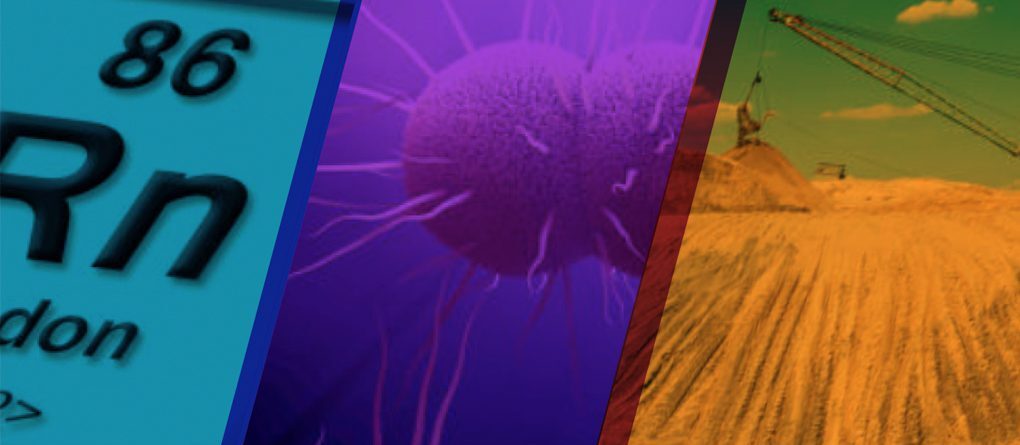


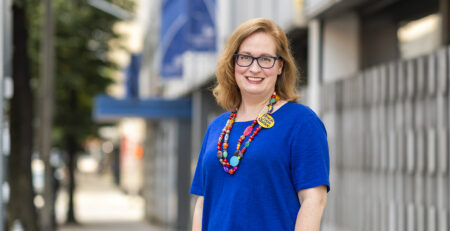
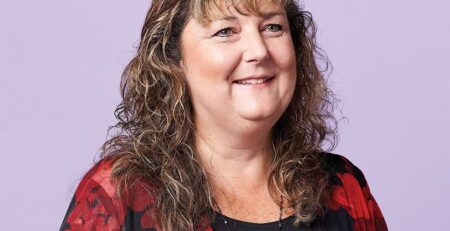
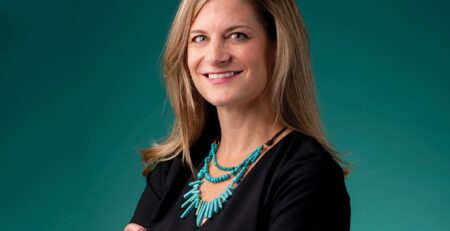


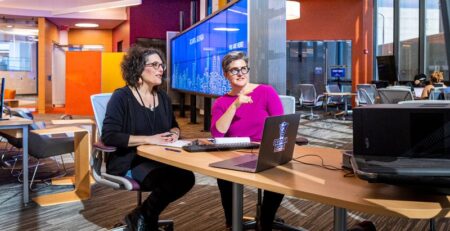


Leave a Reply